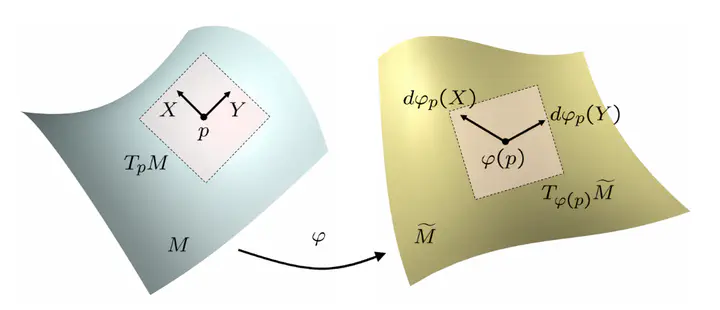
Abstract
The reconstruction of geometric shapes plays an important role in many biomedical applications. One example is the patient-specific, computer-aided planning of complex interventions, which requires the generation of explicitly represented geometric models of anatomical structures from medical image data. Only solutions that require minimal interaction by medical personnel are likely to enter clinical routine. Another example is the planning of surgical corrections of deformities where the target shape is unknown. Surgeons are often forced to resort to subjective criteria. These applications still pose highly challenging reconstruction problems, which are addressed in this thesis. The fundamental hypothesis, pursued in this thesis, is that the problems can be solved by incorporating a-priori knowledge about shape and other application-specific characteristics. Here, we focus mainly on the aspect of geometric shape analysis. The basic idea is to capture the most essential variations of a certain class of geometric objects via statistical shape models, which model typical features contained in a given population, and restrict the outcome of a reconstruction algorithm (more or less) to the space spanned by such models. A fundamental prerequisite for performing statistical shape analysis on a set of different objects is the identification of corresponding points on their associated surfaces. This problem is particularly difficult to solve if the shapes stem from different individuals. The reason lies in the basic difficulty of defining suitable measures of similarity. In this thesis, we divide the correspondence problem into feature and non-feature matching. The feature part depends on the application, while the non-feature part can be characterized by a purely geometric description. We propose two different approaches. The first approach has proved useful in many applications. Yet, it suffers from some practical limitations and does not yield a measure of similarity. Our second, variational, approach is designed to overcome these limitations. In it, we propose to minimize an invariant stretching measure, constrained by previously computed features. An important property, which sets our method apart from previous work, is that it does not require the computation of a global surface parameterization.
My doctoral thesis was also published by Verlag Dr. Hut under ISBN 978-3-89963-878-3.
The thesis was reviewed by Prof. Dr. Peter Deuflhard and Prof. Dr. Martin Rumpf. It received a “summa cum laude” distinction.